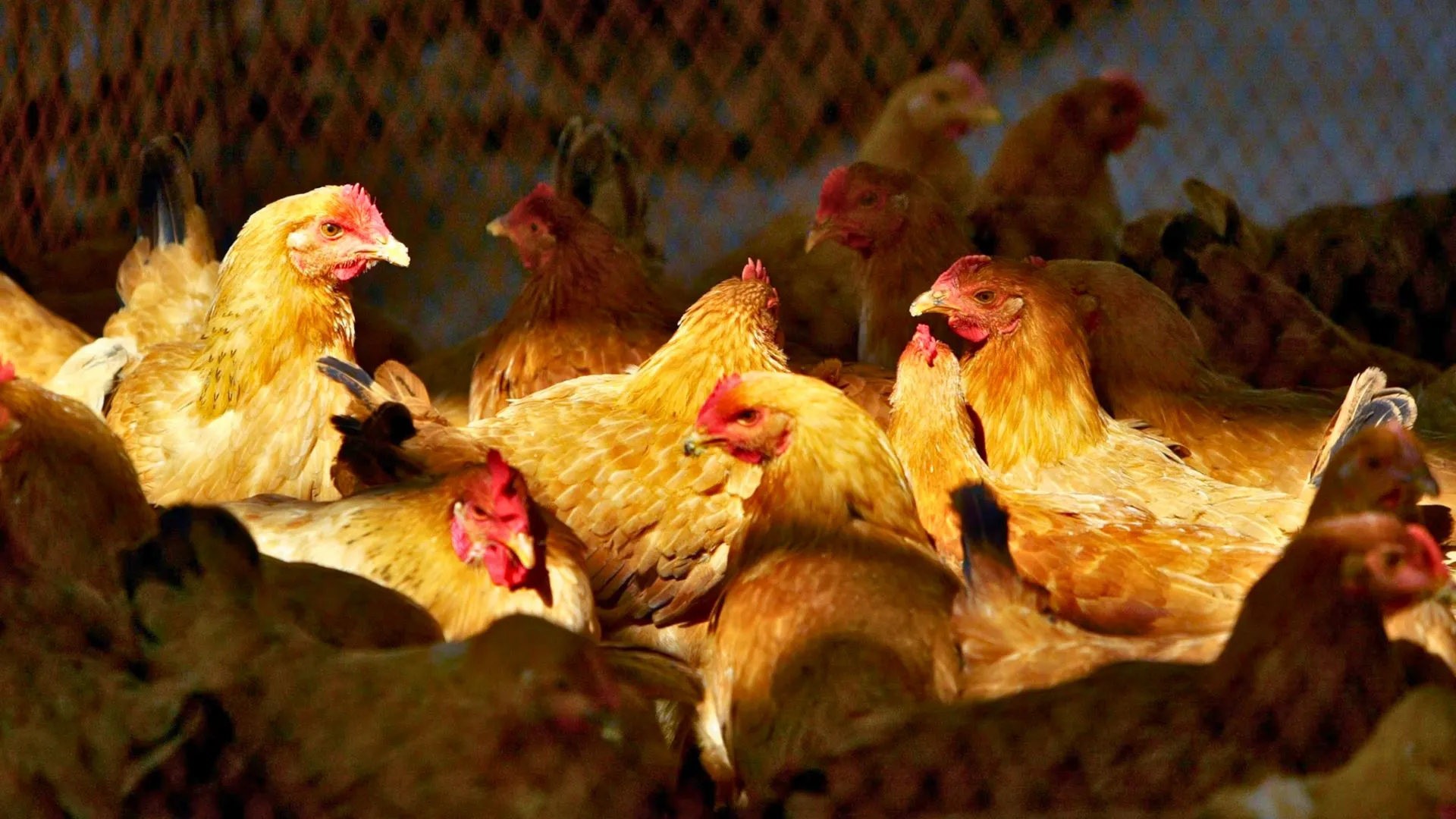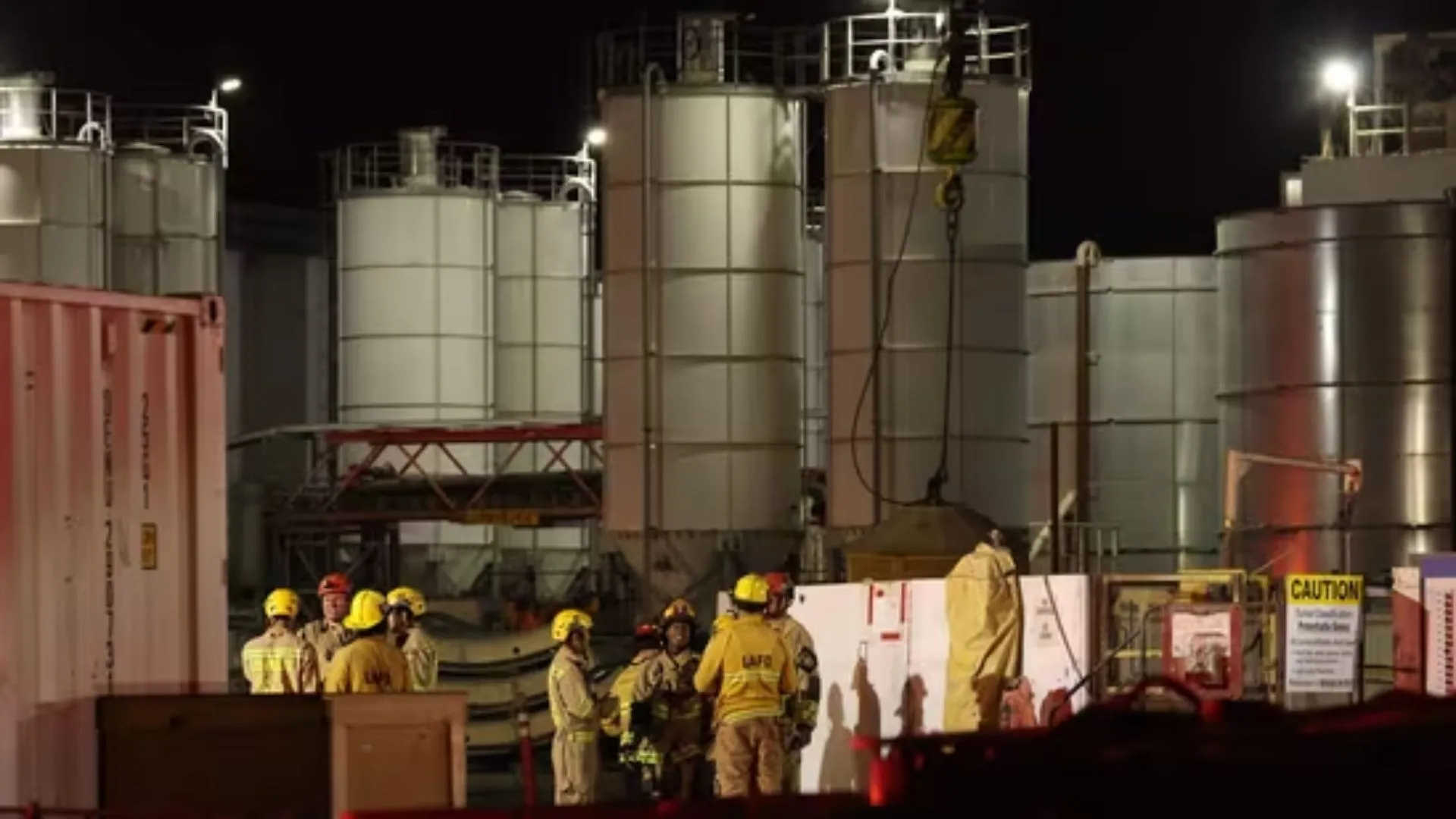A spreading epidemic of the H5N1 avian flu virus has infected dairy farms across all 50 states in the United States. The virus has infected more than 1,000 herds and resulted in over 70 cases of human infection since March 2024. At least one fatality has occurred. Experts now threaten the situation may get out of hand and turn into a public health crisis unless action is taken promptly.
They are afraid the virus may mutate to allow human-to-human infection. Health officials are demanding vigorous surveillance, speed testing, and vaccination strategies for animals and workers alike. While the CDC maintains the risk to the public is still low, alarm is growing.
The Virus Has Crossed Over to Humans
The bird flu H5N1 is already common in poultry and wild birds. But this case is not the same. It has emerged in dairy cows and, most recently, humans. Individuals who work closely with infected animals have become positive.
The Centers for Disease Control and Prevention (CDC) had verified the virus in several workers of the poultry and dairy industries. One death has already been officially attributed to the infection.
Despite this, the CDC insists that overall public risk is low. Nevertheless, it advises people who work around cattle to use all safety measures.
Experts Warn of Mutation Threat
The Global Virus Network (GVN) advises that mammalian infections, such as in cows and humans, enhance the potential for mutation. These mutations may render the virus transmissible between humans.
Sten H Vermund, the GVN’s chief medical officer, underscored the imperative of acting promptly. “A clear picture of the present context of H5N1 cases is essential,” he noted. “There need to be measures of proactive surveillance and prompt responses in place.”
Are US Pandemic Systems Ready for Zoonotic Threats ?
The H5N1 outbreak reveals weaknesses in US pandemic preparedness. The nation needs to act now—not only to limit H5N1, but to avert the next great zoonotic epidemic.
There have been increasing demands to standardize testing from state to state. So too have there been suggestions for targeted vaccination of farm workers. Strong containment isn’t necessary to leave low-risk viruses vulnerable to becoming a global threat.
Surveillance, Not Panic, is Key
To date, CDC is applying its flu tracking mechanisms to track human cases. It’s also collaborating with states to monitor individuals exposed to infected animals. The agency’s measured response seeks to prevent panic—but caution is vital.
As the virus has become active in all US states, the nation is being tested in a crucial way. It has to walk the tightrope of remaining calm and being cautious while taking necessary action before another mutation takes place.






















